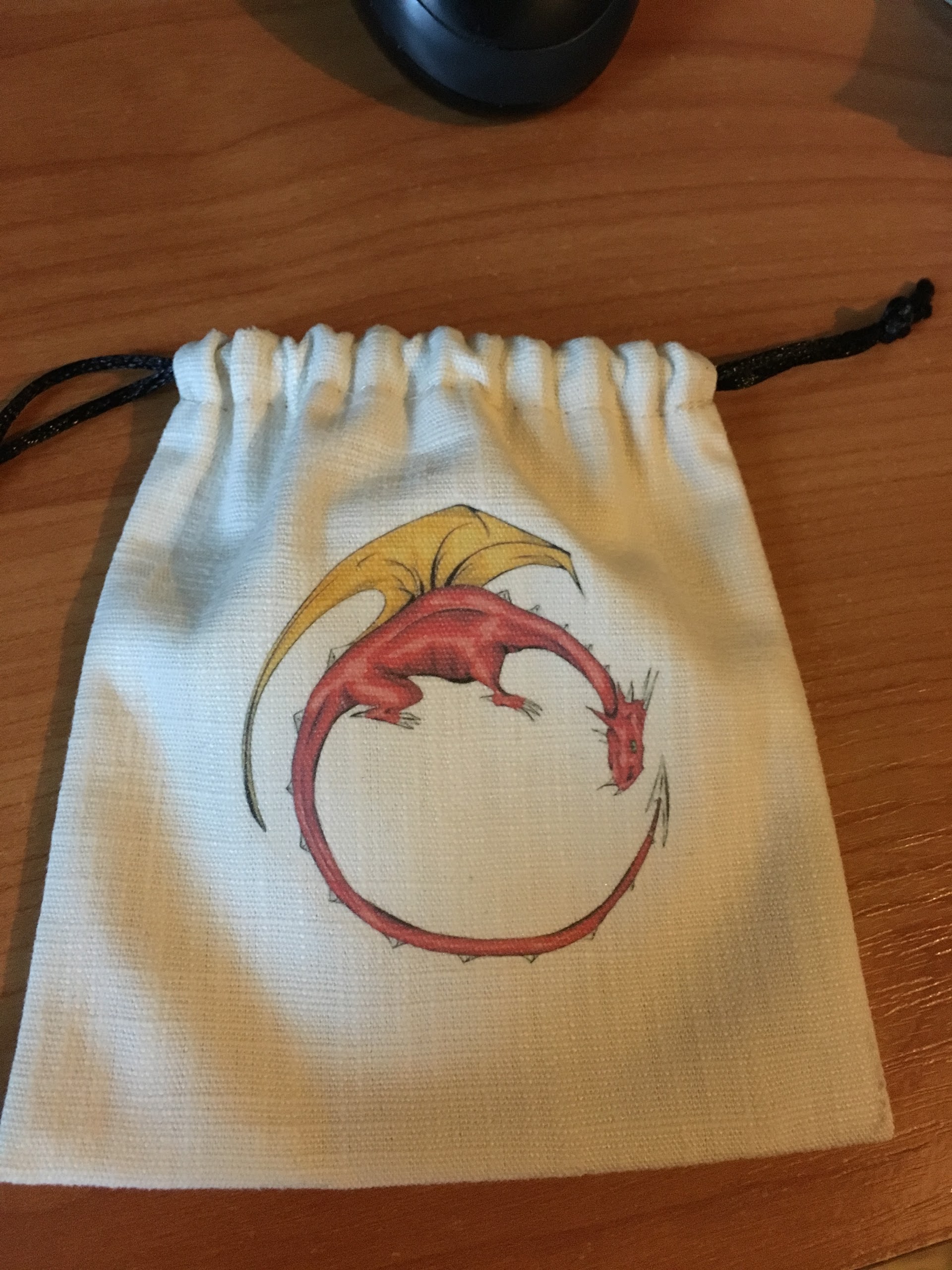Make Dragonia feel Dragonic
Make Dragonia feel Dragonic
That is the first agenda of the game, and the most specific to Epyllion.
And also the one I have the most trouble with. I am just not used to dragons being the good guys, probably 
I find it quite difficult to depict a Dragonia that feels draconic.
I have started a campaign with my two boys, 8 and 12 years old. Aside from the different reasons that make the game a good choice to play with kids, I chose to try Epyllion with them because of the Friendship Gems, and the hope that it could help them taking good habits of friendly relations (instead of fighting and arguing and dirtytricksing all day long…).
They seem to have no problem picturing themselves as dragons, they have fleshed out their dragonselfs very well and always have a lot of amazing ideas each time I ask for things to build on. Most of the time I have to hit the brake after a few sentences so that we stay somewhat on track. I am amazed at how quickly they appropriated the idea of “mixed beasts” and how many wonderful creatures they have created 
Right now, it is mostly working well, with a few sessions under our belt. I just try to prepare the description of a few dragons or beasts between each sessions and all the rest is taking shape dynamically.
Still, I feel a little uneasy as far a describing dragons, the houses of dragons, the cities of dragons, the lands and other inhabitants of Dragonia, and so forth. I am not quite used to describing a world without any humanoid bipeds in the primary roles. I feel like I use up ideas too quickly.
I think the main thing is that, in order for dragons to craft objects, or read books, they need to be a little more anthropomorphous than what is described in most fantasy literature (at least from what I have read). Like, they need to be able to sit, carry bags, put elbows on a desk in order to write, etc…
I have started looking for some fantasy literature showing the world from a dragon’s point of vue. My first, easy find was the dragon series from E.E Knight, which gives me a lot of ideas. But still, the dragons that are depicted can’t do a lot of things with their clawed paws. AuRon seems to be able to read humanoid books, but beside that he isn’t able to do much more than any quadruped.
I also found the adventures of Sir Benfro, written by J. D. Oswald. He describes a village of dragons, with houses and tables and everything. They seem to be able to do a lot of things, but the way they are depicted, they might as well be humanoids. There is nothing in the text that explicitly explains how they do all these things. If you jump to a random chapter narrated by Benfro, you couldn’t tell he is a dragon from the way his actions are depicted. He might as well be a human. Disappointing.
I would be glad to see any sharing of ideas and source of ideas about how would be a world of dragons like Dragonia 


